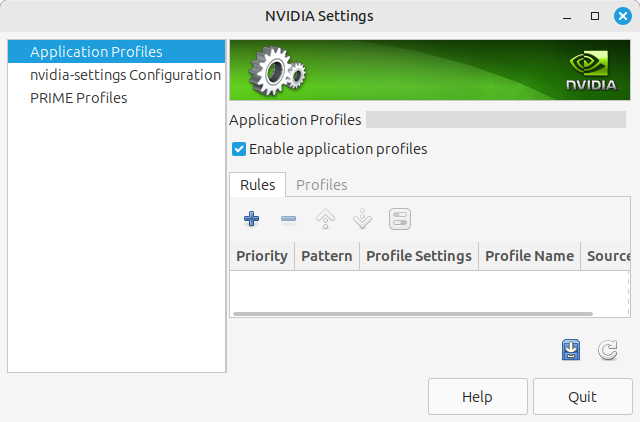a test showing me how little I know, and a time-eater that causes my wife to wonder what happened to her husband.
Worth mentioning, but this gets much better with time. Part of it will go away as you learn new things, and is the same as learning any other new thing, be it using Linux, picking up an instrument, or learning another language. Hand in hand with this, you'll also just get better at knowing where and what to look for to find answers to your problems, and how to ask for help in a way that includes all the relevant info and is more likely to get you a reply that sorts out your issue sooner.
It can definitely be overwhelming initially, but it's always helpful to get familiar with the man pages and info pages, which are two forms of documentation that come built-in with your Linux install (along with other systems like the BSDs, if you ever wander over that way. OpenBSD man pages are amazing, fwiw, and may be more helpful at times for finding example commands). You can usually run
man command
to get a man page for most commands in your terminal, though not all. Info pages exist for GNU software, and can often be more thorough in their documentation.
man fstab
for example, will give you a general overview of how fstab works, and also include a list of other man pages at the bottom, under the heading SEE ALSO, that can be helpful in understanding related systems. If one of those entries is followed by a number in parentheses, you type the command slightly differently to access that section of the man page. For example, the fstab page suggests looking at mount(8), which you'd find with the command
man 8 mount
info info
in a terminal will get you a helpful primer on how the info system works, which is good, as it can be somewhat more complex to navigate than man pages and uses a lot of Emacs keybindings.
Both can be a bit daunting when you first start out, but it's worth at least being familiar with, as you can access them without any internet connection, helping you to do things and troubleshoot issues when you're unable to go online, for whatever reason.
Finally, don't overlook the utility of the various wikis out there. For Linux Mint, the Debian Wiki should be pretty decent, and the Arch Wiki is also generally pretty helpful, though may not always work for Debian/Ubuntu-based distros, since it may reference features in newer releases of packages than are available elsewhere. They'll often include basic setup and configuration guides, as well as a troubleshooting section that outlines how to solve commonly encountered issues.
